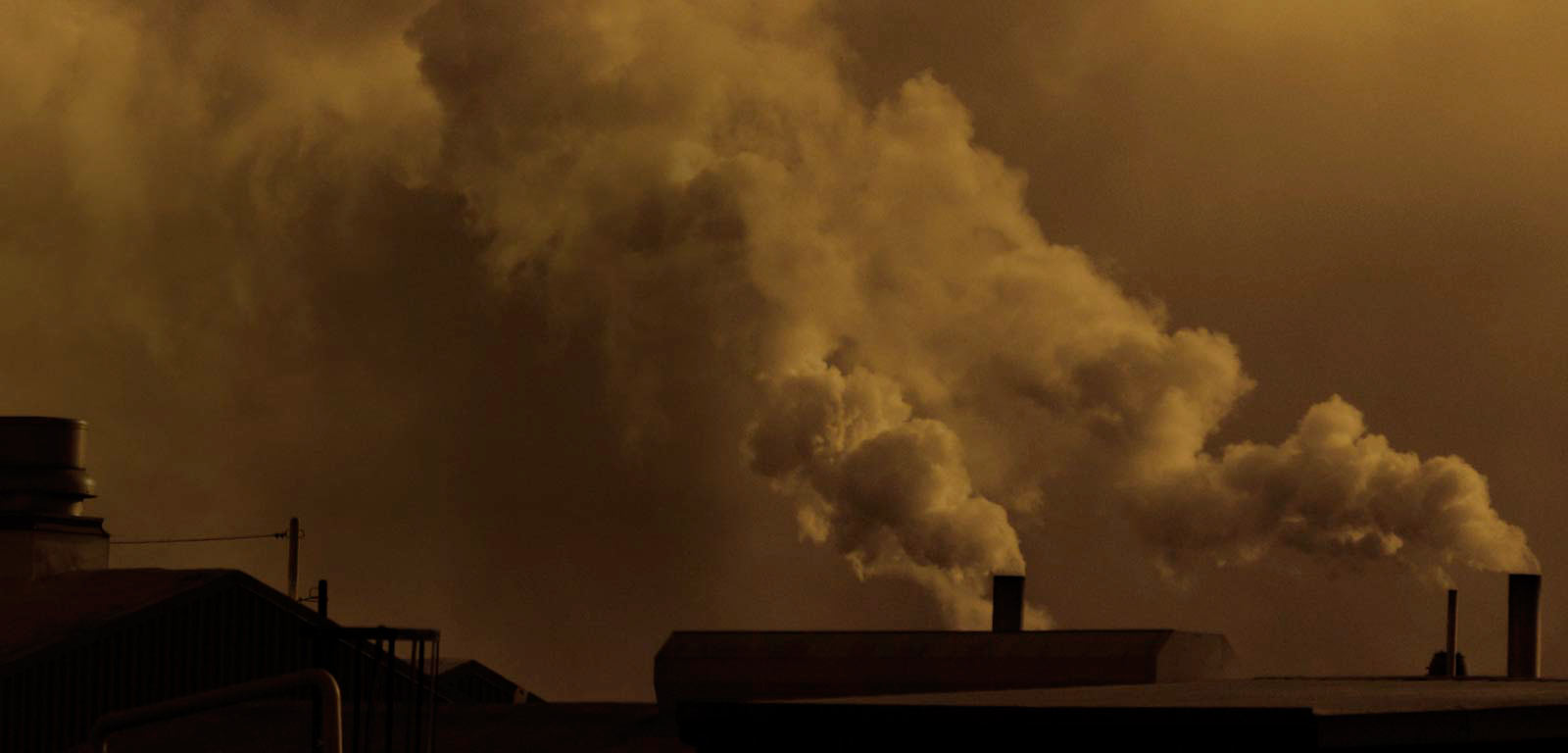Subject
Physiological Energetics of Marine Organisms
General details of the subject
- Mode
- Face-to-face degree course
- Language
- English
Description and contextualization of the subject
Physiological basis of energetic exchanges between marine animals and environment are analysed.Teaching staff
| Name | Institution | Category | Doctor | Teaching profile | Area | |
|---|---|---|---|---|---|---|
| IBARROLA BELLIDO, IRRINTZI | University of the Basque Country | Profesorado Titular De Universidad | Doctor | Bilingual | Physiology | irrintzi.ibarrola@ehu.eus |
| NAVARRO ADORNO, ENRIQUE | University of the Basque Country | Profesorado Emerito Universidad | Doctor | Not bilingual | Physiology | enrique.navarro@ehu.eus |
| URRUTIA BARANDIKA, MIREN BEGOÑE | University of the Basque Country | Profesorado Titular De Universidad | Doctor | Bilingual | Physiology | mirenbego.urrutia@ehu.eus |
Competencies
| Name | Weight |
|---|---|
| Handle information Scope For Growth provides as regards to understanding actual growth and factors that may potentially affect growth rate. | 30.0 % |
| Design simple experiments to measure the scope for growth in marine animals | 30.0 % |
| Critical Analysis of literature data on Scope For Growth. | 20.0 % |
| Written Ability to express experimental results obtained in the laboratory. | 20.0 % |
Study types
| Type | Face-to-face hours | Non face-to-face hours | Total hours |
|---|---|---|---|
| Lecture-based | 15 | 40 | 55 |
| Seminar | 6 | 10 | 16 |
| Applied laboratory-based groups | 10 | 10 | 20 |
| Workshop | 9 | 0 | 9 |
Training activities
| Name | Hours | Percentage of classroom teaching |
|---|---|---|
| Groupwork | 9.0 | 100 % |
| Laboratory practicals | 20.0 | 33 % |
| Lectures | 55.0 | 27 % |
| Seminars | 16.0 | 62 % |
Assessment systems
| Name | Minimum weighting | Maximum weighting |
|---|---|---|
| Assistance is compulsory and n any case might b used to modulate the final mark. | 0.0 % | 50.0 % |
| Practical tasks | 4.0 % | 40.0 % |
| Written examination | 60.0 % | 60.0 % |
Ordinary call: orientations and renunciation
El método de evaluación incluido en esta guía puede sufrir cambios si las directrices de las autoridades sanitarias así lo estableciesen. Las modificaciones a adoptar se anunciarían oportunamente, contando con las estrategias y herramientas necesarias para garantizar el derecho del alumnado a ser evaluado con equidad y justicia.Extraordinary call: orientations and renunciation
El método de evaluación incluido en esta guía puede sufrir cambios si las directrices de las autoridades sanitarias así lo estableciesen. Las modificaciones a adoptar se anunciarían oportunamente, contando con las estrategias y herramientas necesarias para garantizar el derecho del alumnado a ser evaluado con equidad y justicia.Temary
SynopsisPhysiological basis of energetic exchanges between marine animals and environment are analysed.
The course is organized in two sections:
A) Discussion of general principles of physiological energetics (2,5 ECTS) and
B) two independent and complementary modules (1 ECTS each) developing concepts and methods in the frame of production and toxic effects of pollutant agents.
Lectures and laboratory experiments deal with the physiological parameters of the energy balance, such as rates of food ingestion and absorption, absorption efficiency, metabolic rate, excretion rate and the resulting scope for growth.
Modules on production and pollution follow the pattern of a case study where experimental results are thoroughly discussed.
Bibliography
Galloway, T.S., Sanger, R.C., Smith, K.L., Fillmann, G., Readman, J.W., Ford, T.E., Depledge, M.H. Rapid assessment of marine pollution using multiple biomarkers and chemical immunoassays ,(2002) Environmental Science and Technology, 36 10, Pages 2219-2226.
Widdows, J., Donkin, P., Staff, F.J., Matthiessen, P., Law, R.J., Allen, Y.T., Thain, J.E., (...), Jones, B.R. Measurement of stress effects (scope for growth) and contaminant levels in mussels (Mytilus edulis) collected from the Irish Sea ,(2002) Marine Environmental Research, 53 4, Pages 327-356.
Webb, N.A., Shaw, J.R., Morgan, J., Hogstrand, C., Wood, C.M. Acute and chronic physiological effects of silver exposure in three marine teleosts ,(2001) Aquatic Toxicology, 54 3-4, Pages 161-178.
Niemi, Gerald J., Bradbury, Steven P., McKim, James M. Use of fish physiology literature for predicting fish acute toxicity syndromes ,(1991) ASTM Special Technical Publication, 1124, Pages 245-260.
Willmer P, Johnston I, (2000) Environmental Physiology of Animals. Blackwell Publishing. 656 pp.
Alan G Heath (1995) Water Pollution and Fish Physiology. CRC Press. 384 pp.


